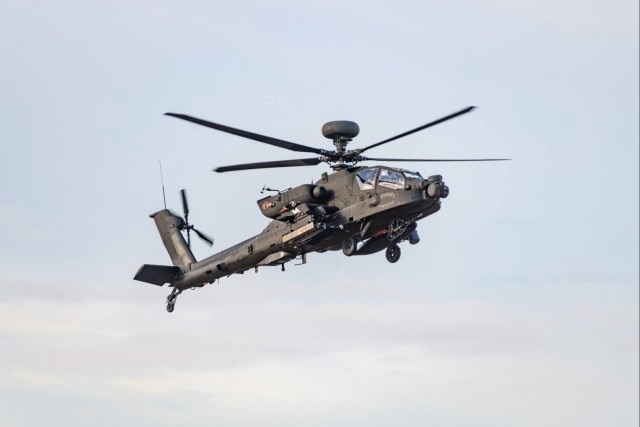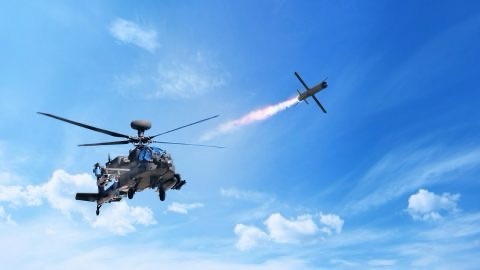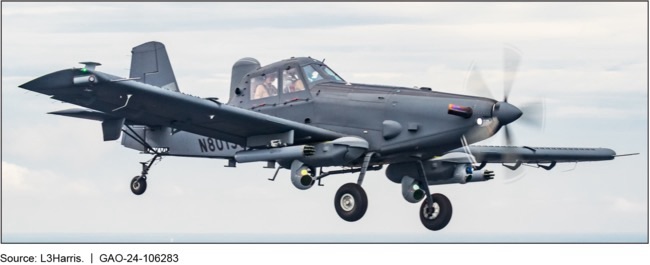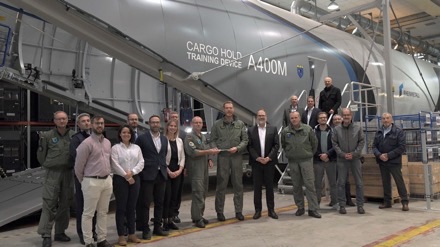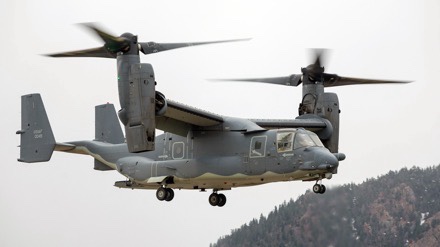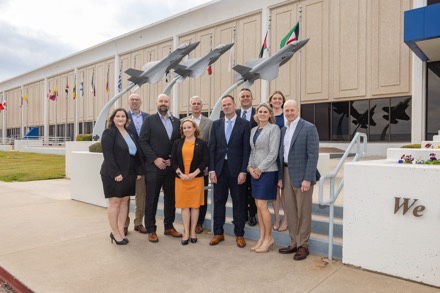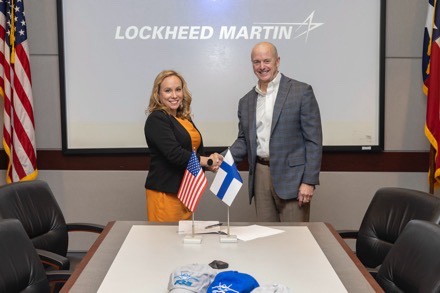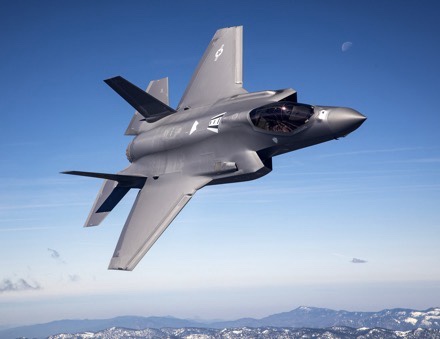
REDSTONE ARSENAL, Ala. — Program Executive Office, Aviation conducted a Future Long Range Assault Aircraft Soldier touch point the last week of November at the Bell Flight Research Center in Arlington, Texas.
Led by the FLRAA Project Office, the touch point was the first of up to twelve events the Army plans to conduct to optimize both human and system performance while ensuring mission ready capabilities are delivered to the warfighter. Soldier touch points involve gathering data and feedback early in the design and development process to shape future prototypes and fielded capabilities. The events are part of an iterative process to identify, refine and verify system hardware and software designs and functional capability requirements.
“Soldier touch points are key to FLRAA’s program strategy. In the past, this has included Army pilots flying both demonstrator aircraft,” said Col. Jeffrey Poquette, FLRAA project manager. “Today, the focus is on crewmembers and combat Soldiers who are representative of the FLRAA’s passengers. These interactive events provide our team with crucial feedback to build transformational capabilities for FLRAA.”

An infantry squad and two Black Hawk crews from the 1st Cavalry Division supported the event. During the STP they practiced embarking and disembarking from a FLRAA fuselage mockup in a variety of simulations and scenarios. The squad began their practice sessions without any equipment and added tactical and squad level equipment as the STP progressed.
“The STP was incredibly valuable and is paramount to the successful development of the FLRAA,” said Chief Warrant Officer 2 Tylor Enright, an aviator with 1st Cav. “It’s great that they are willing to hear about what Soldiers and crewmembers actually need for future missions in these aircraft to be successful.”

As the infantry squad members completed their exercises, the aircraft crew members practiced entering and exiting the mockup cockpit and stowing equipment, as required, in a series of tests that added more equipment and tasks for each iteration.
Representatives supporting the STP included the Future Vertical Lift Cross Functional Team, the U.S. Army Combat Capabilities Development Command, the U.S. Army Test and Evaluation Command, the Redstone Test Center and Special Operations Command.

“These Soldier touch points are a criticality important way to ensure we get the requirements right and inform design decisions early,” Maj. Jeremiah Webb, FVL CFT Future Long Range Assault Aircraft lead.
The data gathered from the STP will directly inform FLRAA preliminary design as well as the development and delivery of virtual prototypes of the aircraft.
A tiltrotor aircraft, FLRAA will have the hybrid capabilities of planes and helicopters. When fielded, it will expand the depth of the battlefield by extending the reach of air assault missions and enable ground forces to converge through decentralized operations at extended distances. FLRAA’s inherent reach and standoff capabilities will ensure mission success through tactical maneuver at operational and strategic distances while the aircraft’s speed and range will nearly double the Army’s patient evacuation capability during the “Golden Hour.”
The FLRAA is intended to eventually replace part of the U.S. Army’s UH-60 Black Hawk fleet, which has been in service for more than four decades.
-US Army


